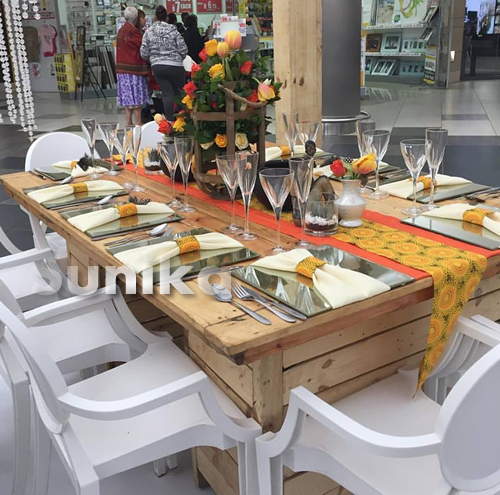
Lobola Ceremony: Shweshwe and Tswana Traditional Wedding Decor Ideas
Introduction
The Lobola ceremony is one of the most significant events in many African cultures, marking the union of two families through marriage. Among the Tswana people, this ceremony is rich with tradition, symbolism, and cultural pride. A key element that enhances the beauty and meaning of the Lobola ceremony is the traditional wedding décor. When it comes to Tswana weddings, incorporating Shweshwe fabric into the décor not only adds vibrancy but also pays homage to the rich cultural heritage of the Tswana people.
The Significance of the Lobola Ceremony
Lobola, often referred to as a “bride price” or dowry, is a cultural practice where the groom’s family provides a gift to the bride’s family as a gesture of gratitude for raising the bride. This practice is deeply rooted in respect, unity, and the merging of two families. The ceremony involves the negotiation of the Lobola price, which is often represented in the form of cattle or money, and it serves as a formal agreement between the two families.
Shweshwe: The Fabric of Tradition
Shweshwe, also known as “the denim of South Africa,” is a distinctive fabric known for its intricate patterns and rich colors. It has a long history in Southern Africa and has become a staple in traditional attire and décor. For Tswana weddings, Shweshwe is often used to create stunning dresses for the bride and her bridal party, but its versatility extends beyond clothing.
When used in wedding décor, Shweshwe adds a touch of authenticity and elegance. Its bold patterns and vibrant hues make it an excellent choice for table settings, drapes, and even as part of the altar design. The fabric’s ability to blend tradition with modern aesthetics makes it a popular choice for couples looking to honor their heritage while also embracing contemporary design elements.
Tswana Traditional Wedding Decor: A Blend of Culture and Beauty
The décor at a Tswana wedding is a visual representation of the couple’s cultural identity. The use of traditional elements such as Tswana beadwork, wooden carvings, and clay pots adds depth and meaning to the ceremony. Incorporating Shweshwe into this décor elevates the overall aesthetic, creating a harmonious blend of tradition and modernity.
- Color Scheme: The color scheme for a Tswana wedding often includes earth tones such as brown, beige, and gold, symbolizing the connection to the land and ancestors. Shweshwe fabric, with its vibrant blues, reds, and greens, can be used to add pops of color that complement the earthy tones. These colors can be incorporated into tablecloths, chair covers, and napkins.
- Centerpieces and Altar Decor: Traditional Tswana centerpieces often include items like clay pots, woven baskets, and fresh flowers. Adding Shweshwe fabric as table runners or wrapping it around the pots adds a modern twist while maintaining cultural integrity. The altar, where the couple will exchange their vows, can be adorned with Shweshwe drapes, creating a beautiful backdrop that honors tradition.
- Bride and Groom Attire: While the focus is on décor, the attire of the bride and groom also plays a significant role in the overall aesthetic. The bride may wear a traditional Shweshwe dress, often in a modern silhouette that reflects her personal style. The groom may opt for a Tswana-inspired outfit, with subtle Shweshwe accents, such as a pocket square or a waistcoat, tying the theme together.
- Guest Experience: The wedding décor is not just about visual appeal; it’s also about creating an immersive experience for the guests. Incorporating Shweshwe into elements such as the wedding invitations, gift bags, and even the wedding cake design adds a cohesive touch that makes the entire event feel thoughtfully curated.
The Importance of Cultural Preservation
Incorporating traditional elements into wedding décor is more than just a design choice; it’s a way of preserving and celebrating cultural heritage. For many young couples, especially those of Tswana descent, embracing these traditions is a way of connecting with their roots and passing on cultural knowledge to future generations.
As the world becomes increasingly globalized, there is a growing desire to hold onto the unique aspects of one’s cultural identity. By incorporating Shweshwe and other traditional elements into their wedding, couples are not only creating a beautiful and memorable event but also honoring the customs and values that have been passed down through generations.
Shweshwe and Tswana Traditional Wedding Decor 2024
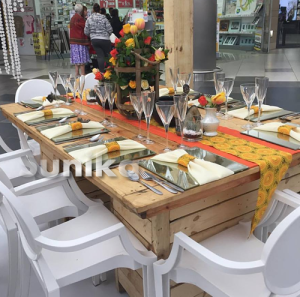
Yellow Shweshwe Traditional Wedding Decor
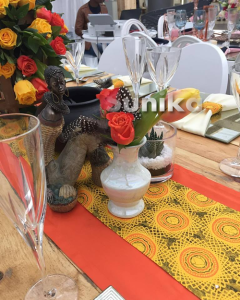
Yellow Shweshwe Tent Decor
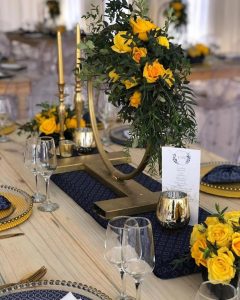
Traditional Wedding Shweshwe Decor
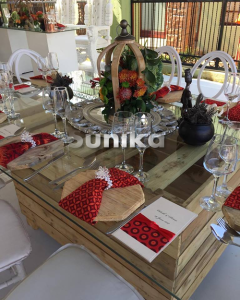
Red Shweshwe Tent Decor
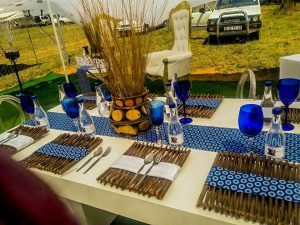
Perfect Bridal Blue Shweshwe Decor
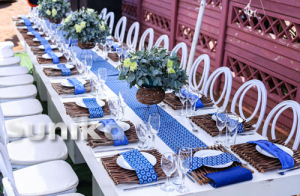
Blue Shweshwe Decor
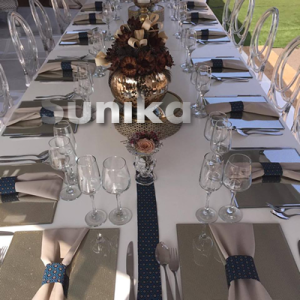
Blue and White Shweshwe Tent Decor
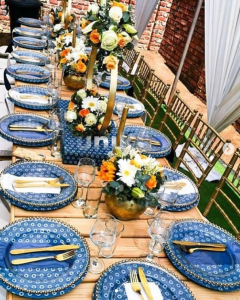
Shweshwe plates Decor
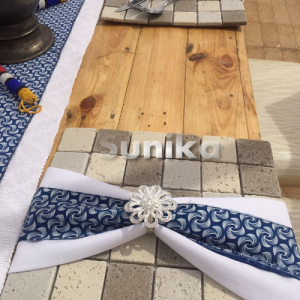
Shweshwe Wedding Decor in Bontle Bride
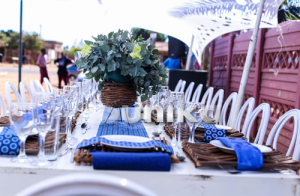
Shweshwe Wedding Decor by Perfect Bridal
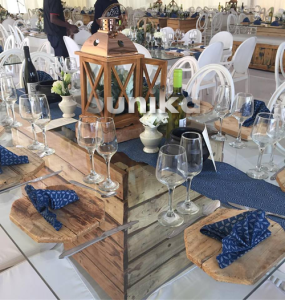
Shweshwe Tent and Decor
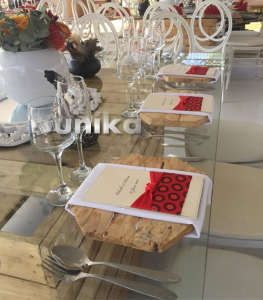
Red Shweshwe Umembeso Decor
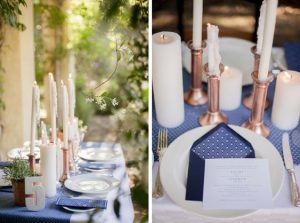
Shweshwe Tent Decorations
Conclusion
The Lobola ceremony and the Tswana traditional wedding are deeply rooted in culture, respect, and unity. By incorporating Shweshwe fabric into the wedding décor, couples can create a stunning visual representation of their heritage while also embracing modern design trends. This blend of tradition and contemporary style makes the wedding not only a celebration of love but also a tribute to the rich cultural history of the Tswana people.
View this post on Instagram
View this post on Instagram
View this post on Instagram
View this post on Instagram
View this post on Instagram
